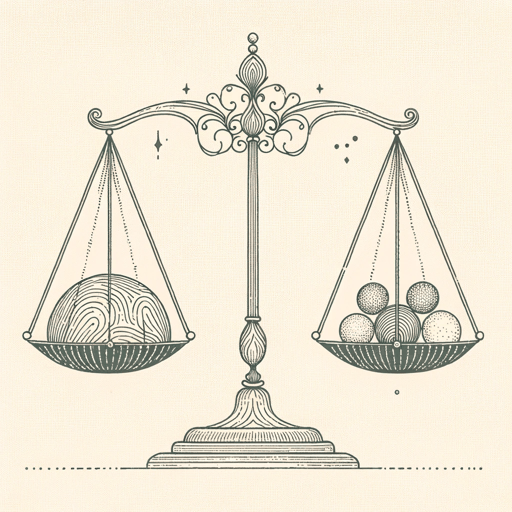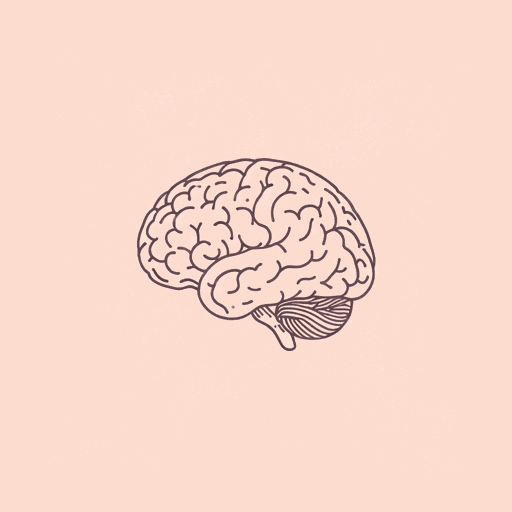66 pages • 2 hours read
Robert M. SapolskyWhy Zebras Don't Get Ulcers: A Guide to Stress, Stress Related Diseases, and Coping
Nonfiction | Reference/Text Book | Adult | Published in 1993A modern alternative to SparkNotes and CliffsNotes, SuperSummary offers high-quality Study Guides with detailed chapter summaries and analysis of major themes, characters, and more.
Summary and Study Guide
Overview
Why Zebras Don’t Get Ulcers (1994) is a science text written by Robert Sapolsky. Sapolsky is a prominent Harvard professor, neuroscience researcher, and author. Why Zebras Don’t Get Ulcers takes an interdisciplinary approach that combines numerous branches of science to explore the health implications of modern chronic stress. Sapolsky primes readers by providing an overview of the biological processes and implications of the body’s stress-response. He then explores how psychological and social stress contribute to the development of stress-related diseases, before discussing ways that people can mitigate chronic stress.
This guide uses the Kindle version of the 3rd edition of Why Zebras Don’t Get Ulcers published in 2004 by Henry Holt and Company, LLC.
Summary
People living in modern industrialized nations are now subjected to long-term diseases like heart disease, and new studies have found a link between psychological states and physical health, resulting in a branch of medical science called stress physiology. Of the three main types of stress—acute physical, chronic physical, and psychological and social—the latter is most relevant to the text. The human stress-response, which is its attempt to regain allostasis or balance, is better evolved to manage acute physical stress, and chronic psychological stress can increase one’s vulnerability to stress-related diseases. Sapolsky emphasizes that stress does not cause diseases but creates conditions in which certain illnesses become more likely.
The stress-response is triggered by the sympathetic nervous system, a branch of the autonomic or involuntary nervous system. The sympathetic nervous system is countered by the parasympathetic nervous system, which mitigates calm processes, such as digestion and sleep. Hormones and neurotransmitters, which are chemical messengers, are released during the stress-response. Epinephrine and norepinephrine are released to increase alertness, and the hypothalamus of the brain secretes corticotropin releasing hormone (CRH), which triggers the pituitary to release adrenocorticotropic hormone (ACTH), which causes the adrenal glands to release glucocorticoids. Glucocorticoids have a similar effect as epinephrine and norepinephrine, but they are slower- and longer-acting. Some hormones, like reproductive, growth, or digestive hormones, are suppressed during a stress-response. The stress-response varies between individuals, with males more likely to experience the well-known fight-or-flight phenomenon, while females may be more likely to experience the “tend-and-befriend” response (33), coined by Shelley Taylor.
The cardiovascular system is boosted during the stress-response, and chronic stress contributes to a variety of cardiovascular issues, like hypertension, atherosclerosis, and sudden cardiac events. Multiple functions of the digestive system, including energy storage, are stopped or reversed during the stress-response. Stored energy is sent to muscle tissue, and the higher levels of glucose and fatty acids in the blood stream increase the risk of cardiovascular disease. Type-1 diabetes, which occurs when the body destroys the insulin-producing cells in the pancreas, may be exacerbated by stress. Chronic stress also makes the development of Type-2 diabetes—when the body runs out of room to store energy—more likely.
Metabolic syndrome, or issues that simultaneously impact the digestive and cardiovascular systems, is also exacerbated by stress. Stress can also impact appetite and weight distribution, with chronic stress associated with hyperphagia, or increased appetite, and apple-shaped body types, or body types in which fat is stored primarily in the midsection. It can also exacerbate gastrointestinal disorders, including IBS, and it is linked to the development of peptic ulcers, as first noted by Hans Selye.
Fetal Origins of Adult Disease (FOAD) studies show that stress during fetal development and childhood can have adverse health impacts that may last into adulthood. One extreme example is stress dwarfism, which occurs only under severely stressful conditions and appears partially reversable if the child’s environment is changed. Both male and female sexual function can be inhibited by stress; however, Sapolsky emphasizes that the effect is relatively minor. Chronic stress can result in both immunosuppression and the development of autoimmune disorders.
While some medical professionals, like Bernie S. Siegel, attribute psychological causes to cancer, Sapolsky emphasizes that positive thinking can neither prevent nor cure diseases. Stress can interfere with a number of biological phenomena. It can reduce or intensify pain perception—termed analgesia and hyperalgesia, respectively. Short-term stress can enhance memory, while long-term stress impedes memory and can kill or prevent new brain cells from forming in the hippocampus. Sleep and stress are also linked, with stress causing sleep disruption, and sleep disruptions causing stress; in a similar catch-22, stress can speed up the aging process, and the effects of aging can be stressful.
Sapolsky shifts his focus to The Implications of Modern Chronic Stress and to stress management techniques. Outlets for frustration, predictive information, and a sense of control can mitigate stress; however, predictive information and a sense of control may also increase stress depending on the circumstances. Perception is also a powerful mitigation tool: The perception that stressful events are not as bad as they could be reduces one’s stress. Major depression and stress appear to be linked; while depression has a variety of genetic and biological impacts, studies suggest that the disease may be initially triggered by stressors.
Personality traits, including those with anxiety disorders, with a Type-A or hostile personality, or with a repressive personality, have heightened stress-responses and are more susceptible to chronic stress. By exploring the connection between personality and stress, Sapolsky suggests that personality traits can be managed to help reduce stress levels. The author examines predictability and control, which he found to have a complex relationship with stress. Some unpredictability or lack of control is enjoyable, such as experienced when watching horror films or riding a roller coaster. Predictability and control can provide a stress relief, but in some contexts, they have no impact or can exacerbate stress, which might occur if someone blames themself for their child’s illness, for example.
Before covering specific stress management outlets, Sapolsky discusses an underlying cause of psychological and social stress—social status. Those with a low socioeconomic status—objective or perceived—experience worse health compared to wealthy individuals. Countries with drastic income inequality, such as the United States, have worse overall health and poor social capital, or social cohesion, compared with egalitarian nations. Agriculture is identified as the initial cause of social stratification, and it is believed that pre-agricultural humans were more egalitarian.
In the final chapter, Sapolsky names multiple potential stress outlets—exercise, meditation, predictability and control, social support, and religion and spirituality. Cognitive flexibility, or the ability to swap between methods and to choose the right method for the right stressor, is an important factor in stress management. He concludes that, since humans can invent sources of stress, they can develop methods of stress management.
Related Titles
By Robert M. Sapolsky




